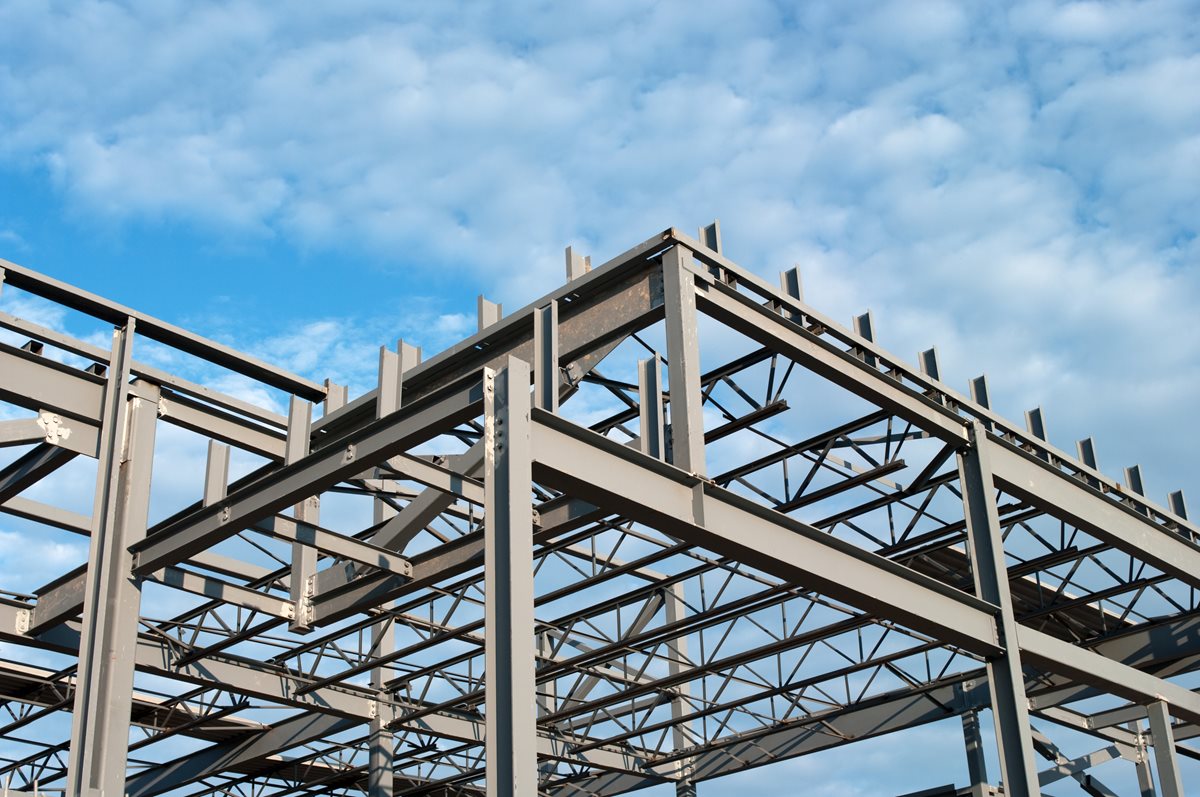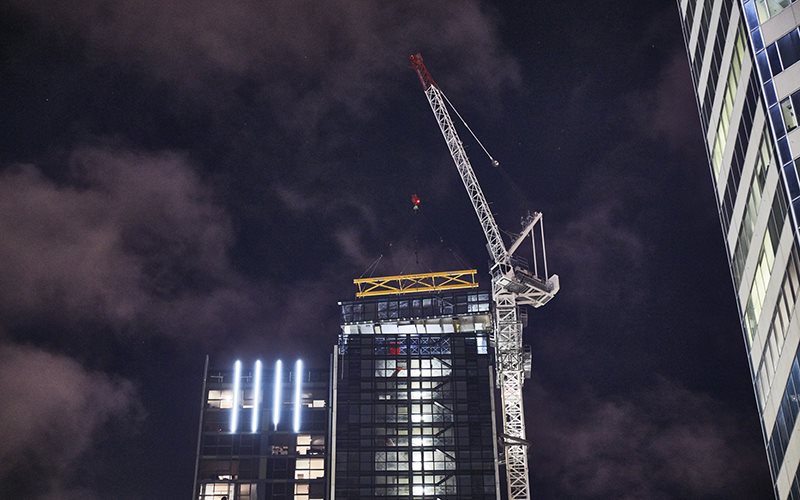

As with any construction material, the benefits offered by steel are best enabled by taking a holistic view of steel’s unique combination of properties.
In particular, those benefits include steel's speed of construction, its light weight, longer spans and improved site safety. ‘Cost’ should not be measured in financial terms alone and certainly not just in terms of the upfront financial cost of the initial build.
.jpg?variant=HalfWidth)
Among the ‘cost' dimensions that need to be considered when working in steel are:
There is significant scope to value engineer steel structures finding the right balance between standardisation and bespoke, between on-site construction and off-site prefabrication or modularisation, and between simple details and more complex but efficient details. Our value engineering focus area provides a good starting point to appreciate the range of possibilities available to provide your client with cost-effective structures.

Modular unit being lifted into place on high-rise building. Courtesy Hickory Building Systems.
The range of cost-effective solutions in steel is continually evolving, driven by innovation and specific demands in different market segments.
Listed below are potential cost-effective solutions for different market segments, but remember that actual value must be assessed around your specific project:
Modular construction is often used for accommodation-intensive facilities such as student residences and hotels, but the health sector is also a potential focus as it requires highly complex services and medical installations that could be commissioned and tested off-site.
Modular construction can offer cost-effective high-quality solutions with very quick site construction.